In Images: Spiders Camouflage Themselves as Bird Poop
Orb-Web Spider
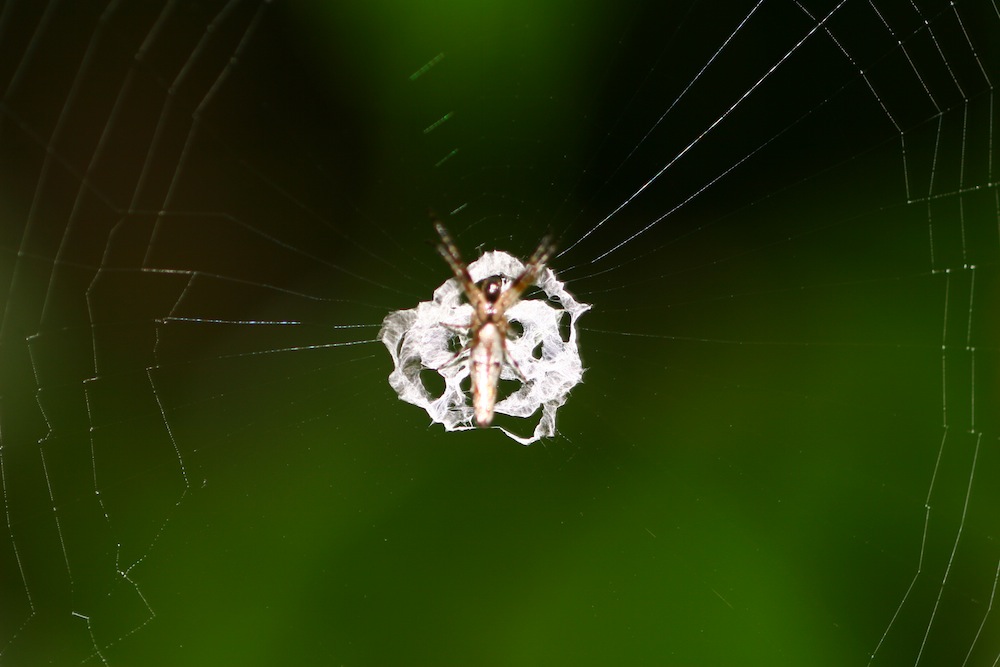
Orb-web spiders like this juvenile female Cyclosa ginnaga use their body color and web decorations to masquerade as bird droppings. The creature may use this disguise to avoid capture by predatory wasps, researchers say.
Read Full Story
Bird Dropping
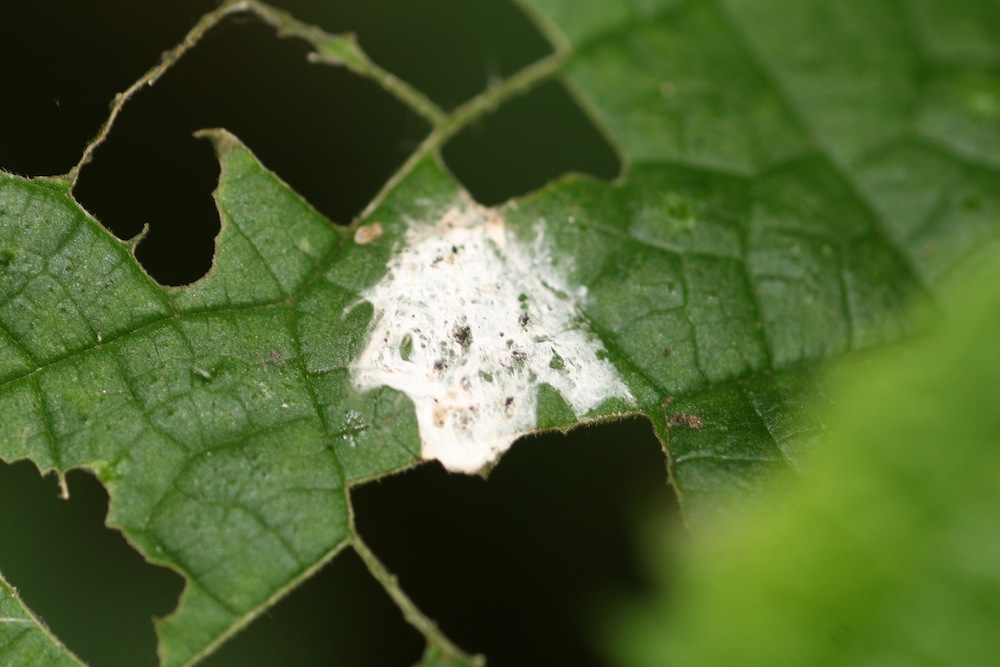
Masquerading is a phenomenon in which an animal’s body color and shape mimics an inanimate object. The body coloration of many web-building spiders strikes a balance between being attractive to prey and hidden from predators.
Read Full Story
Orb-Web Spider
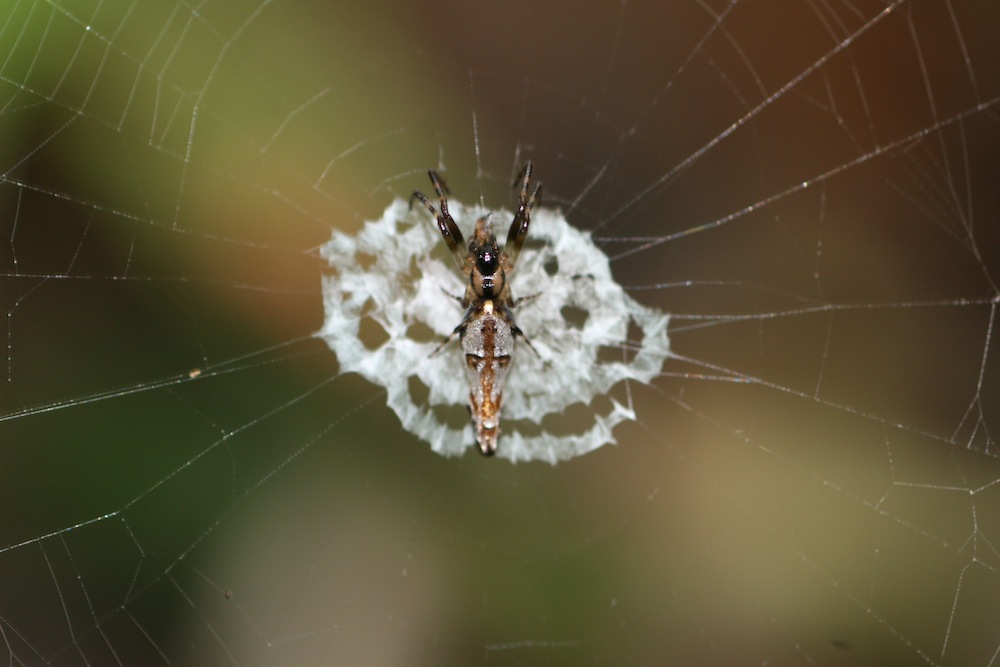
Many spiders also add colorful decorations to their webs, called stabilimenta, made from prey carcasses, egg sacs, plant matter or silk.
Read Full Story
Bird Dropping
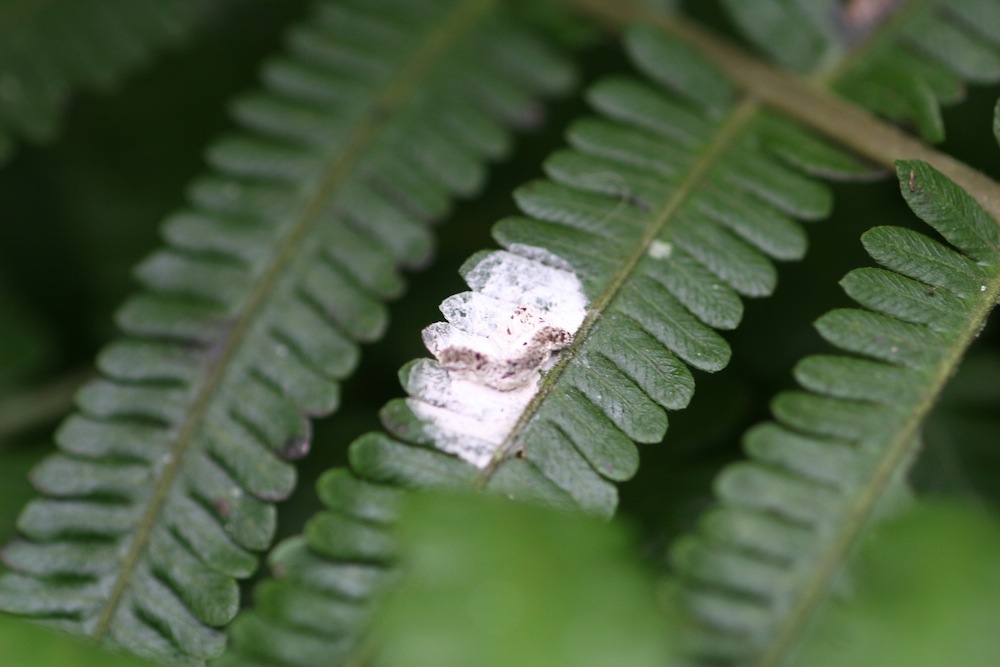
The spider bodies were indistinguishable from their webs and from bird droppings, as viewed by wasps, researchers said.
Read Full Story
Bird Dropping Masquerades
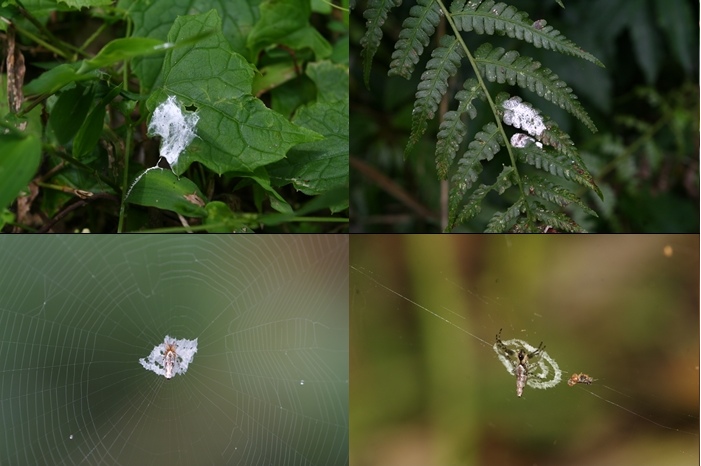
Fortunately, the orb-web spiders' enemies, predatory wasps, will likely steer clear of bird feces. "These predators usually will form a search image to hunt for spiders, and [they] usually will not be interested in bird droppings," said lead study researcher I-Min Tso, a behavioral ecologist at Tunghai University in Taiwan.
Shown here, photographs of randomly sampled bird droppings (top row) compared with Cyclosa ginnaga web decorations (bottom row) at the study site.
Creative mimics
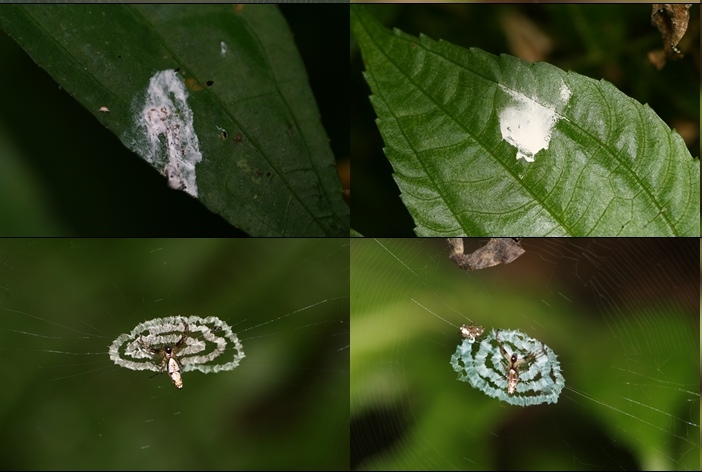
Shown here, photographs of randomly sampled bird droppings (top row) compared with web decorations crafted by Cyclosa ginnaga orb-web spiders (bottom row) at the study site.
Take your guess
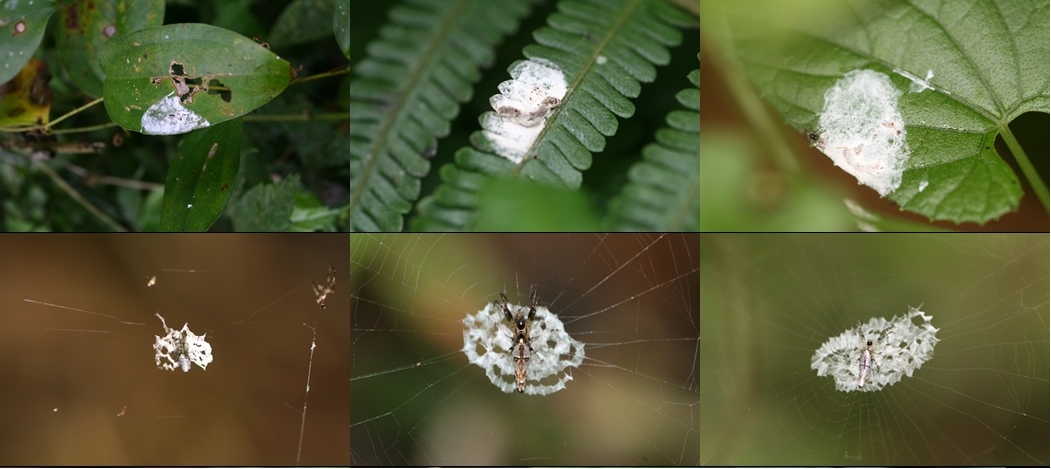
Can you guess which images are bird droppings and which are orb-web spiders?
Shown here, photographs of randomly sampled bird droppings (top row) compared with web decorations crafted by Cyclosa ginnaga orb-web spiders (bottom row) at the study site.
Sign up for the Live Science daily newsletter now
Get the world’s most fascinating discoveries delivered straight to your inbox.
Fooling wasps
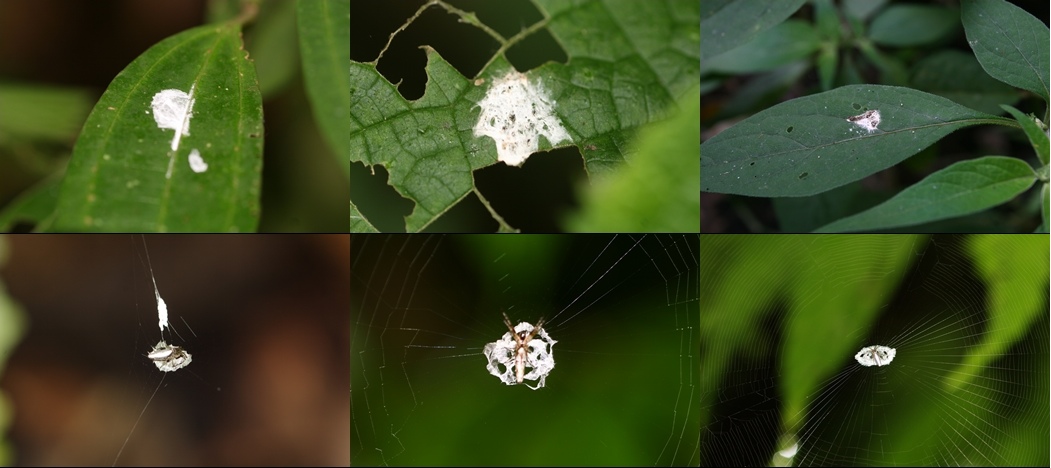
In the study, the researchers found predatory wasps were likely fooled. Their study method involved blackening the spiders' bodies and web decorations, just the while disc-like web decorations, or just their bodies. They found that the wasps were more likely to attack a spider when only it's decoration was blackened, suggesting the spiders were indeed using their body and decoration as a disguise.
Shown here, photographs of randomly sampled bird droppings (top row) compared with web decorations crafted by Cyclosa ginnaga orb-web spiders (bottom row) at the study site.
Juvenile spider
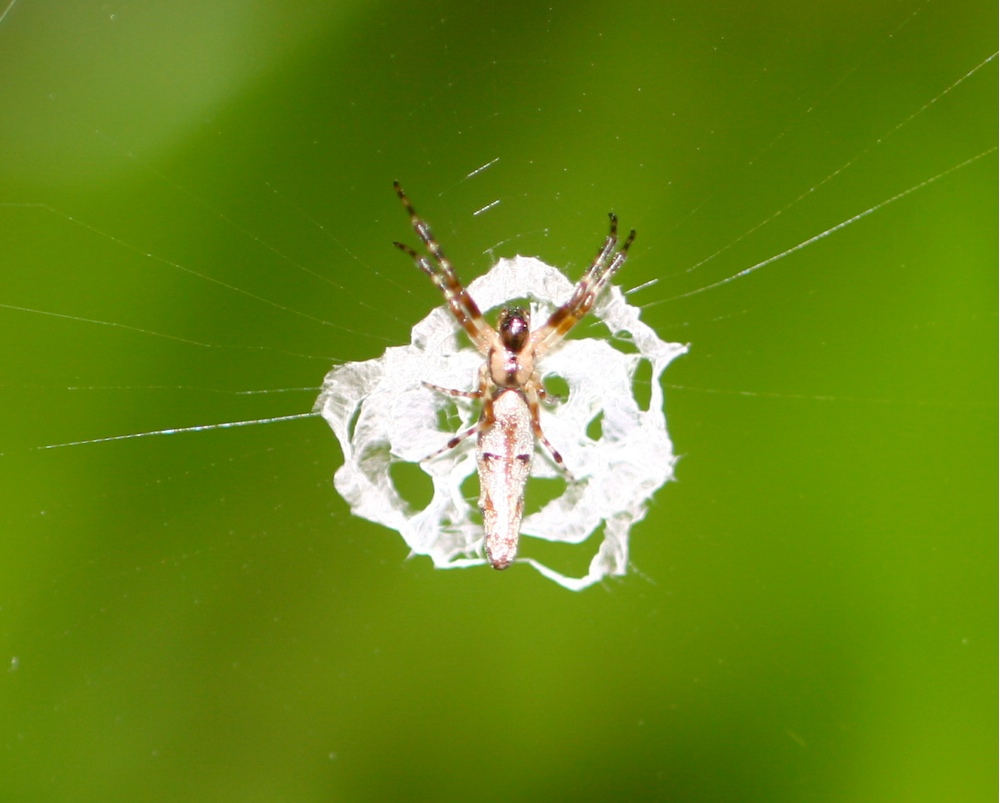
Here, a female juvenile Cyclosa ginnaga orb-web spider masquerading as bird droppings.











